Europe’s capital cities are like no other. They brim with history, unique cultures, and old-world charm that captivate travellers from around the globe. While Rome, London, and Paris undeniably hold their allure,
it’s often the underrated Capitals in Europe that offer a more intimate, authentic experience. These lesser-known capital cities have witnessed centuries of empires, revolutions, and renaissances, yet they remain delightfully under the radar.
If you’re dreaming of Europe but dreading the crowds and skyrocketing seasonal prices of the big capitals, this guide is for you. These low-key iconic Capitals in Europe deliver just as much history, culture, and unforgettable experiences—without the shoulder-rubbing crowds or long lines.
Join me as we journey through ten of Europe’s most underrated capitals, each bursting with character, heritage, and charm. From fortified Mediterranean towns to Scandinavian design hubs, these cities prove that sometimes the best travel memories come from the places less travelled.
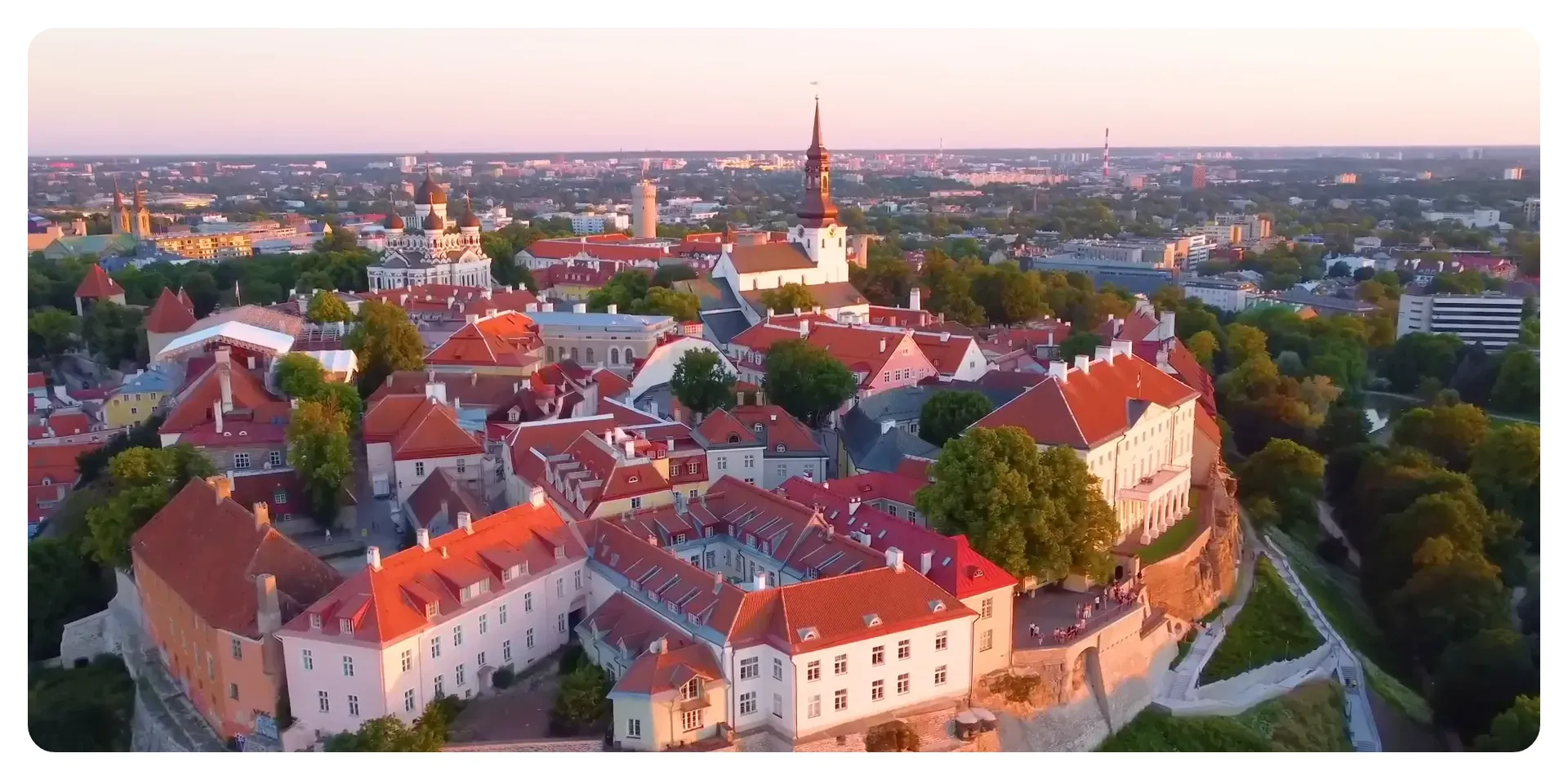
1. Valletta, Malta: The Tiny Capital with a Monumental History
Starting with the smallest capital in Europe, Valletta, Malta, is tiny in size but colossal in character and excitement. Founded in 1566, Valletta is a UNESCO World Heritage site packed with over 320 national monuments within an incredibly compact area. Its military history is palpable, with strong fortified buildings standing tall as remnants of its strategic past.
Walking through Valletta, the first thing that strikes you is the warm glow of limestone buildings shimmering under the Mediterranean sun. Despite its size, the city is a labyrinth of narrow alleys, historic churches, and bustling cafes spilling onto the streets, inviting visitors to soak up its vibrant atmosphere.
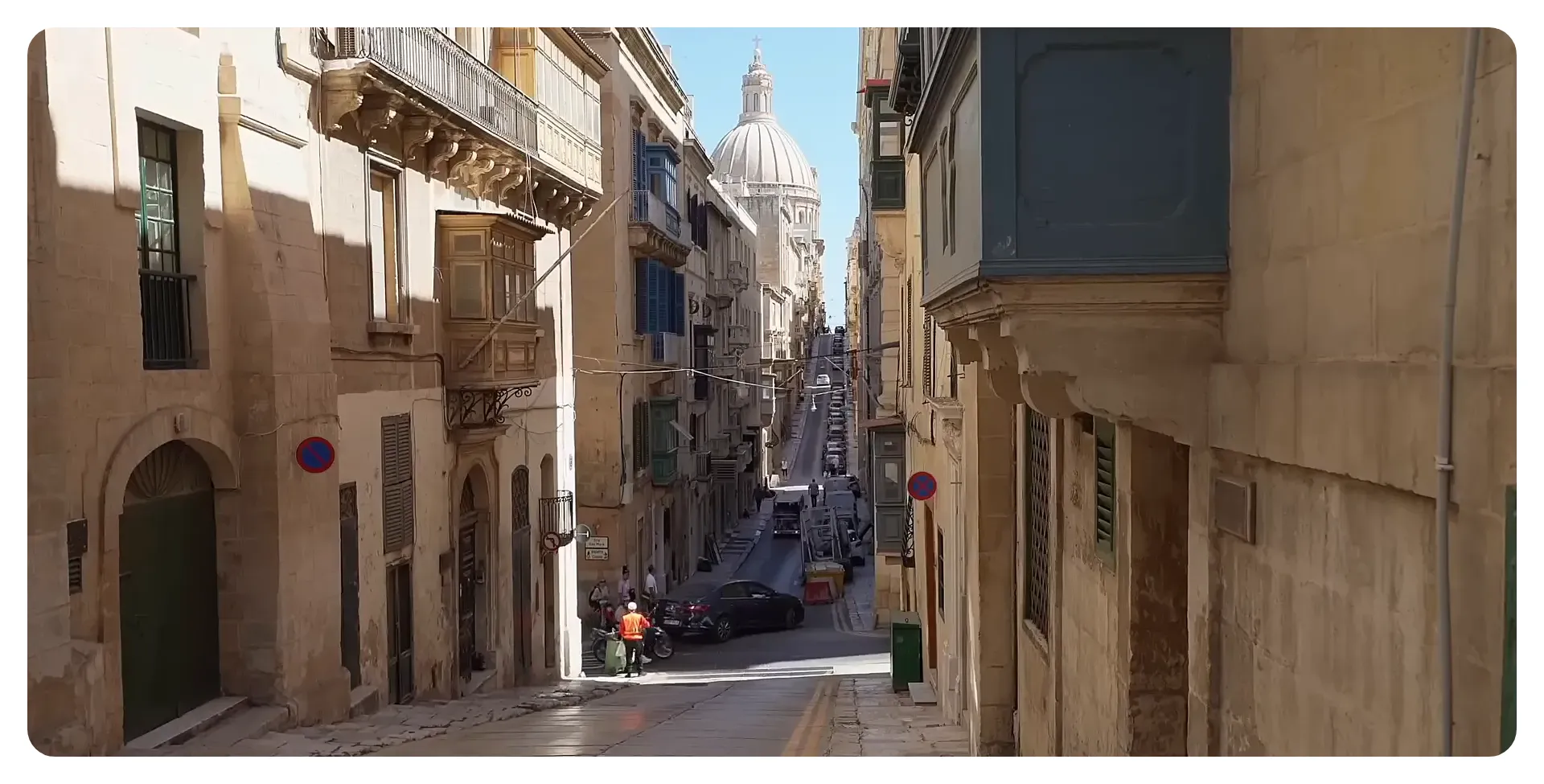
Valletta’s charm lies in its ability to combine history with a lively social scene. Whether you’re exploring its historic bastions or enjoying a coffee in a quaint street-side café, this capital city offers a uniquely immersive experience that belies its modest size.
2. Bern, Switzerland: A Medieval Fairy Tale Come to Life
Bern is a city that feels like stepping into a medieval fairy tale. Small yet strikingly beautiful, it perfectly embodies the Swiss way of life—clean, well-run, and scenic. The Old Town of Bern is a UNESCO World Heritage site, featuring architectural wonders that date back to the 12th century.
The city’s zigzagging streets, lush green squares, and the turquoise River Aare make Bern anything but dull. One of the must-do experiences is strolling along the river and enjoying a traditional Swiss fondue beneath the iconic Zytglogge Clock Tower, a landmark that has watched over the city for centuries.
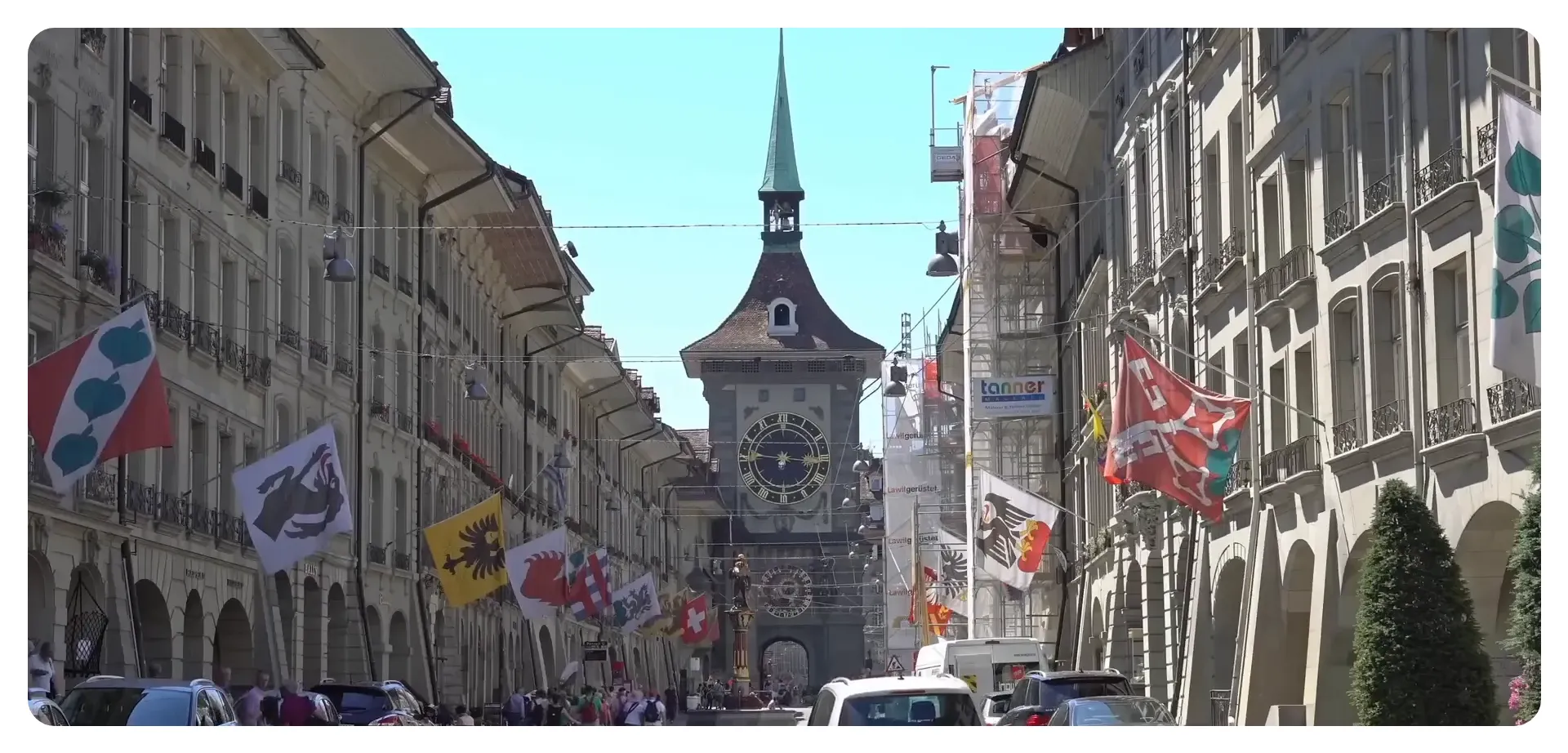
Bern’s medieval allure, combined with modern Swiss efficiency, makes it a peaceful yet culturally rich destination—an ideal escape from Europe’s more crowded capitals.
3. Belgrade, Serbia: A City of Grit, Energy, and Nightlife
Belgrade, Serbia’s capital, sits at the confluence of the Sava and Danube rivers. This Eastern European city has experienced a rollercoaster of history, from Roman times through the Ottoman Empire, shaping its unique character. Belgrade has earned a slightly gritty yet unapologetically energetic reputation, making it a hotspot for street art, cosy taverns, and a nightlife scene that rivals any European capital.
Wandering through Belgrade’s Old Town, you can feel the city’s musical energy and sample traditional Serbian food in the many lively taverns. The city’s raw vibe and cultural melting pot make it a fascinating destination for travellers eager to explore a capital that’s vibrant and unpretentious.
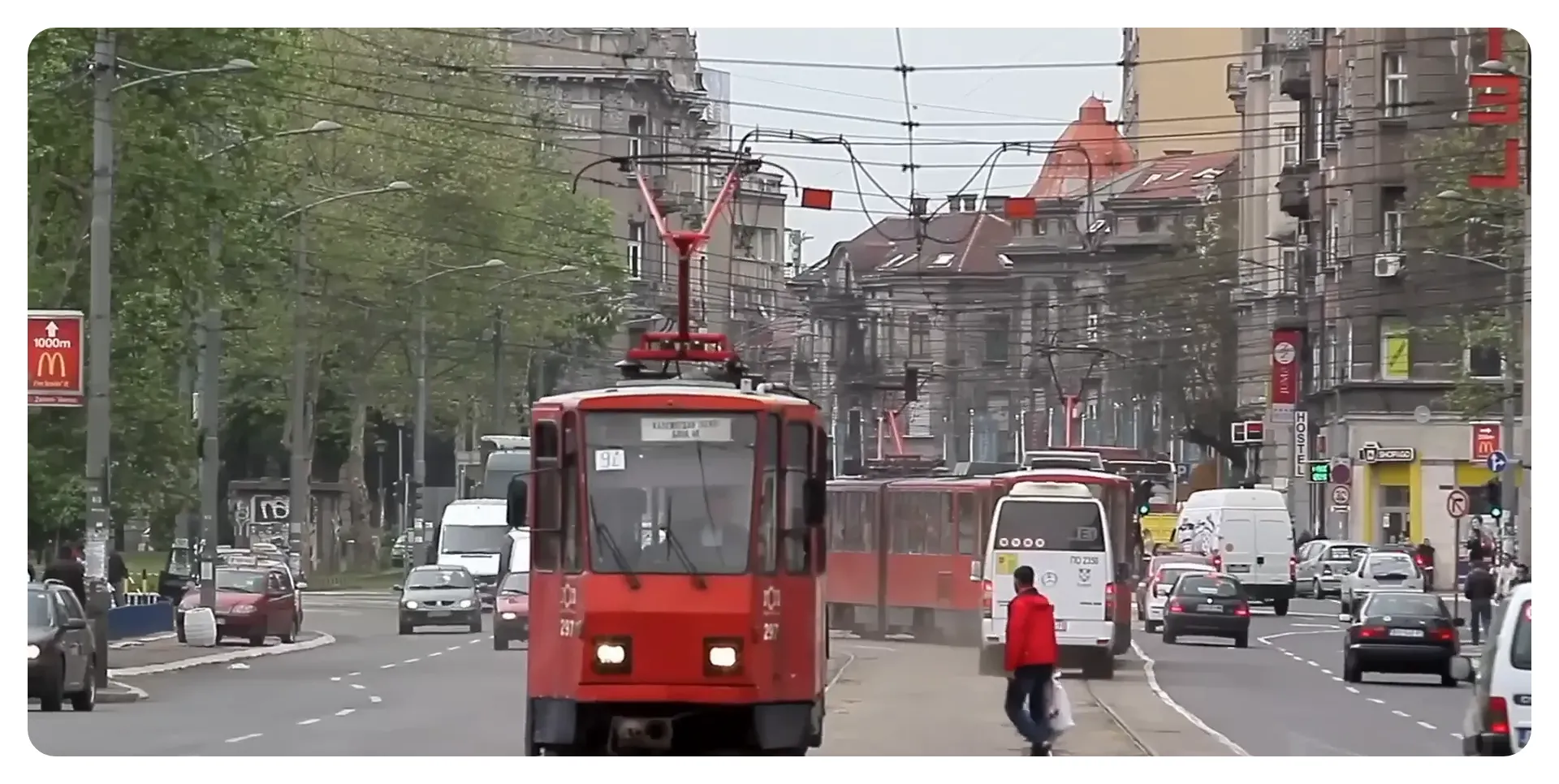
4. Helsinki, Finland: A Scandinavian Design and Nature Haven
Helsinki stands apart from Europe’s older, crumbling cities with its sleek Art Nouveau architecture and rugged natural beauty. Finland’s capital is a Scandinavian haven, blending modern minimalism with rich cultural offerings. The Design District is one of the best places to experience Helsinki’s artistic soul, home to Finnish fashion, art, and craft.
For food lovers, Helsinki offers a bustling local market where you can taste traditional reindeer meat and Finnish pastries. Beyond the city, Helsinki is surrounded by beautiful islands accessible by ferry, perfect for day trips into nature.
Helsinki’s unique combination of urban sophistication and wilderness makes it a refreshing choice among Capitals in Europe, especially for those who appreciate design and the outdoors.
5. Sofia, Bulgaria: Affordable, Vibrant, and Full of Surprises
Sofia is one of Europe’s oldest cities, yet it often flies under the radar. Its rich history is visible in Roman ruins, Soviet-era architecture, and magnificent Orthodox churches. The city’s centerpiece is the stunning Alexander Nevsky Cathedral, a must-see landmark.
What truly sets Sofia apart is its abundance of green spaces and incredible food scene—plus accommodation options at a fraction of the price of many Western European capitals. The city feels slightly unpolished, almost as if it’s not trying to impress, but it ends up doing so effortlessly.
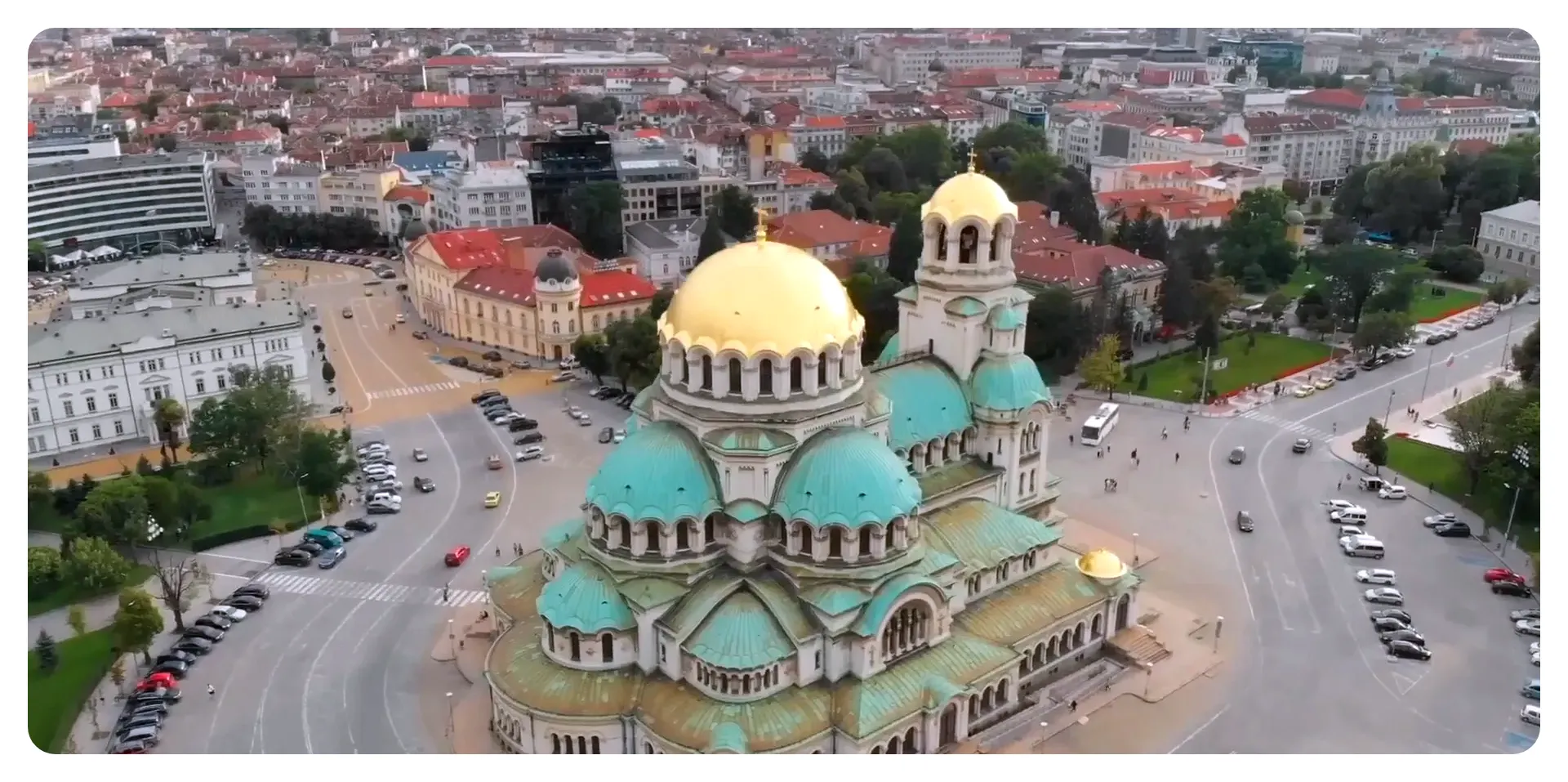
For travellers seeking an affordable European capital with authentic charm and vibrant culture, Sofia is an excellent choice.
6. Riga, Latvia: A Blend of Medieval History and Cosmopolitan Flair
Riga, the largest city in the Baltics, combines medieval history with rich Art Nouveau and Gothic influences. Its complex past of occupation, resistance, and independence has shaped a dynamic, cosmopolitan atmosphere that’s palpable in its buzzing café culture and friendly locals.
The Old Town, with its cobblestone streets, ancient churches, and open squares, is a protected heritage site and a delight to explore. Riga’s blend of European and Eastern influences makes it a unique cultural melting pot.
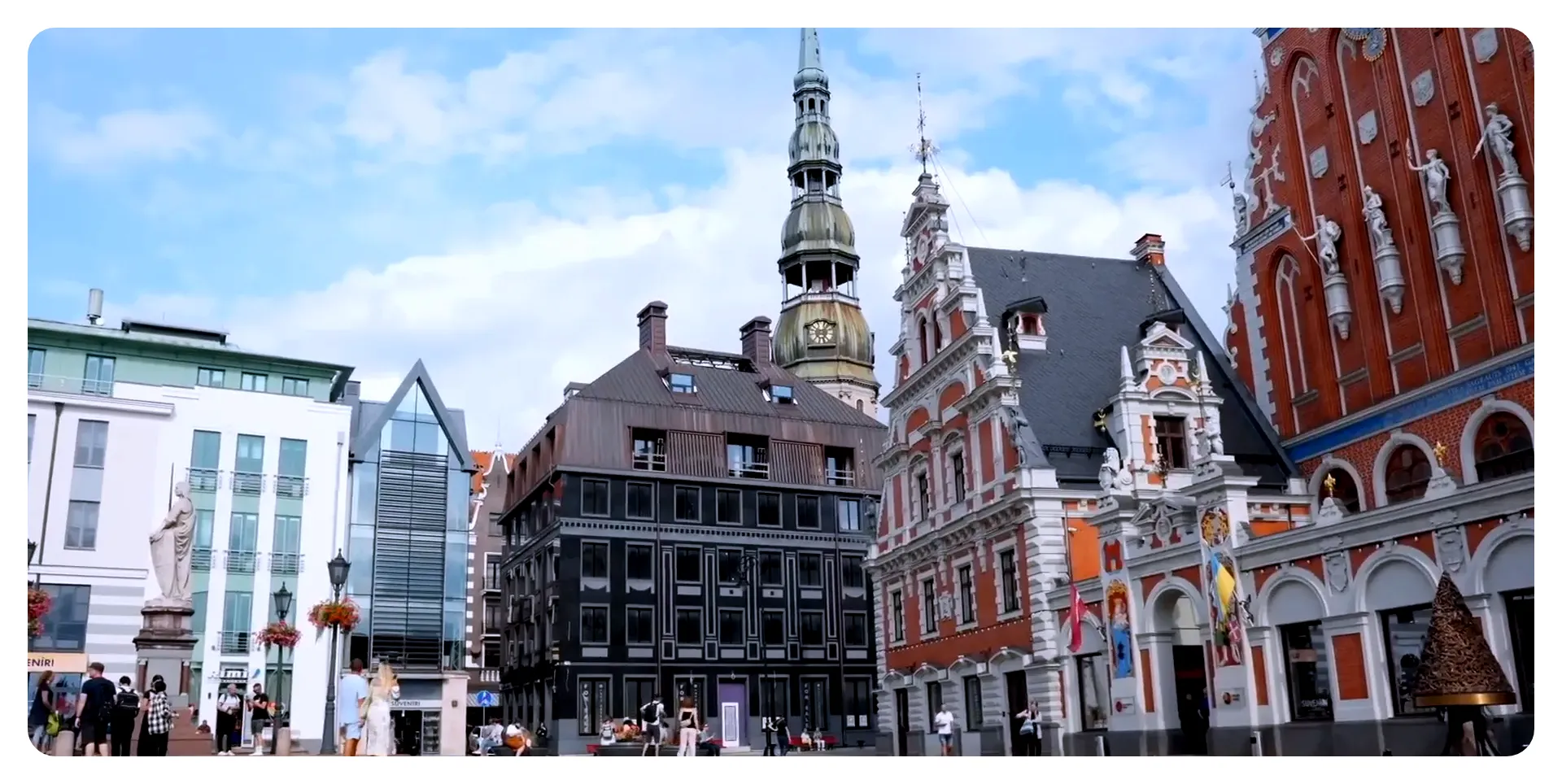
Whether you’re admiring the architecture or enjoying a coffee in one of the many lively cafés, Riga offers a captivating experience far from the usual tourist trail.
7. Dublin, Ireland: The Literary and Pub Capital of Europe
Dublin’s hospitality and warmth are legendary. Known worldwide for its pub culture, thanks to Guinness beer and Irish whiskey, the city is also home to one of the best universities in the world, making it a literary superstar. The streets buzz with Georgian architecture, folk music, and an inviting atmosphere that flows through every corner.
The locals are famously friendly and always up for a chat, offering insider tips and guidance to visitors. This friendliness is a big part of why Dublin is considered one of Europe’s friendliest cities.
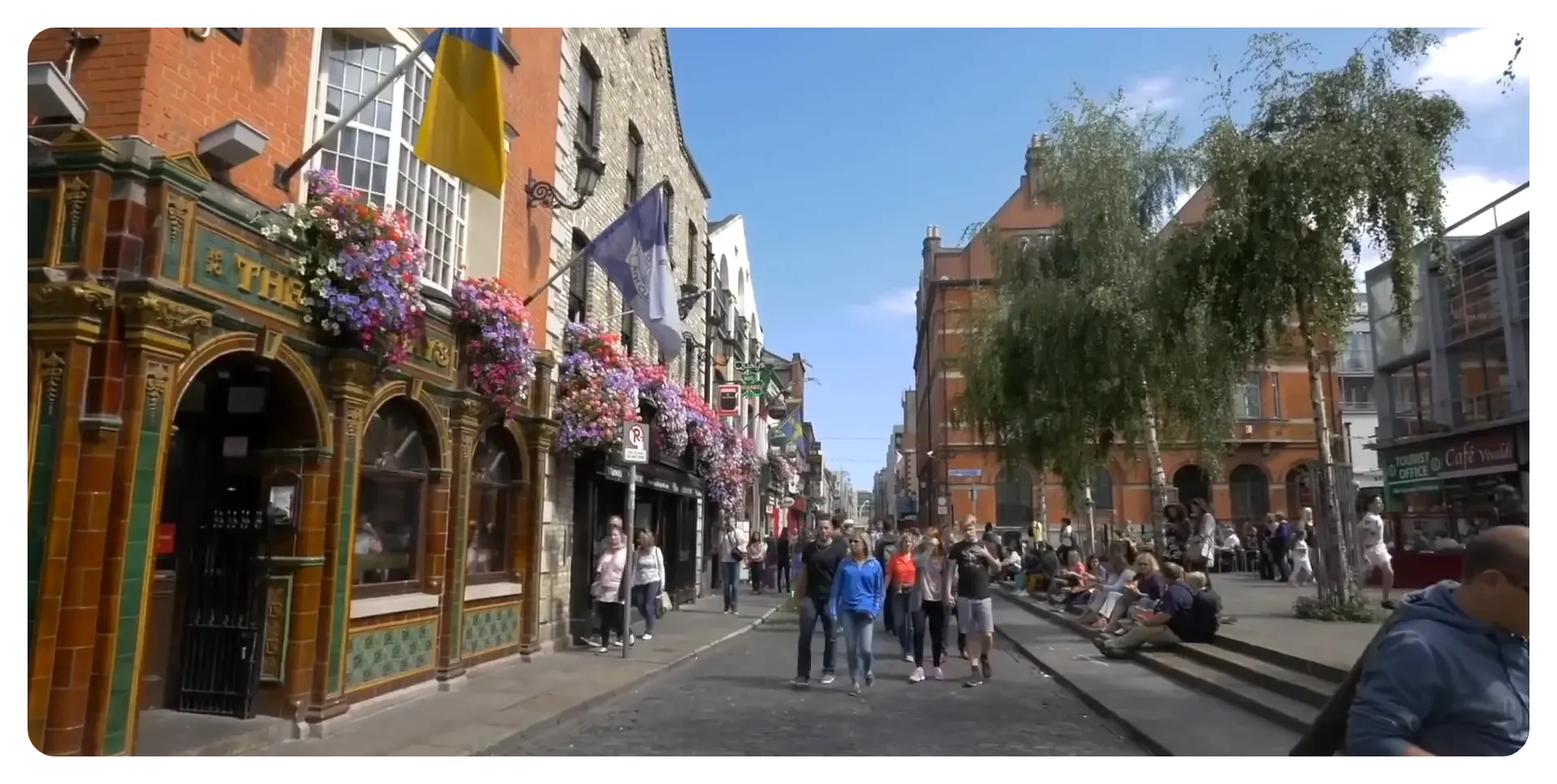
For travellers wanting a blend of history, culture, and lively social life, Dublin delivers in spades.
8. Copenhagen, Denmark: Scandinavian Style and Hygge Living
The Danish capital epitomises Scandinavian charm with its clean canals, royal palaces, and thriving dining scene. Try the famous smørrebrød (open-faced sandwiches) to get a true taste of Danish cuisine. Copenhagen boasts countless attractions, from the Tivoli Gardens—which inspired Hans Christian Andersen’s fairy tales—to the colourful Nyhavn waterfront.
The city is stylish and relaxed, seamlessly blending modernity and history. While not the cheapest European capital, the high quality of life is evident in the smiles of locals cycling past you on the city’s many bike lanes.
Copenhagen’s blend of culture, cuisine, and comfort makes it a must-visit for anyone exploring Capitals in Europe.
9. Reykjavik, Iceland: A Northern Dreamscape
Visiting Reykjavik is like stepping onto another planet. The Icelandic capital is a gateway to some of Europe’s most spectacular natural wonders, including glaciers, volcanoes, geothermal springs, and the ethereal northern lights. Despite its small size, Reykjavik offers plenty to see and do, from cosy cafés to unusual art installations and colourful houses.
The city is a fascinating blend of Norse heritage and modern culture. Spend time walking down the main street before booking a visit to the Blue Lagoon, a spa-like geothermal retreat that’s truly unforgettable.
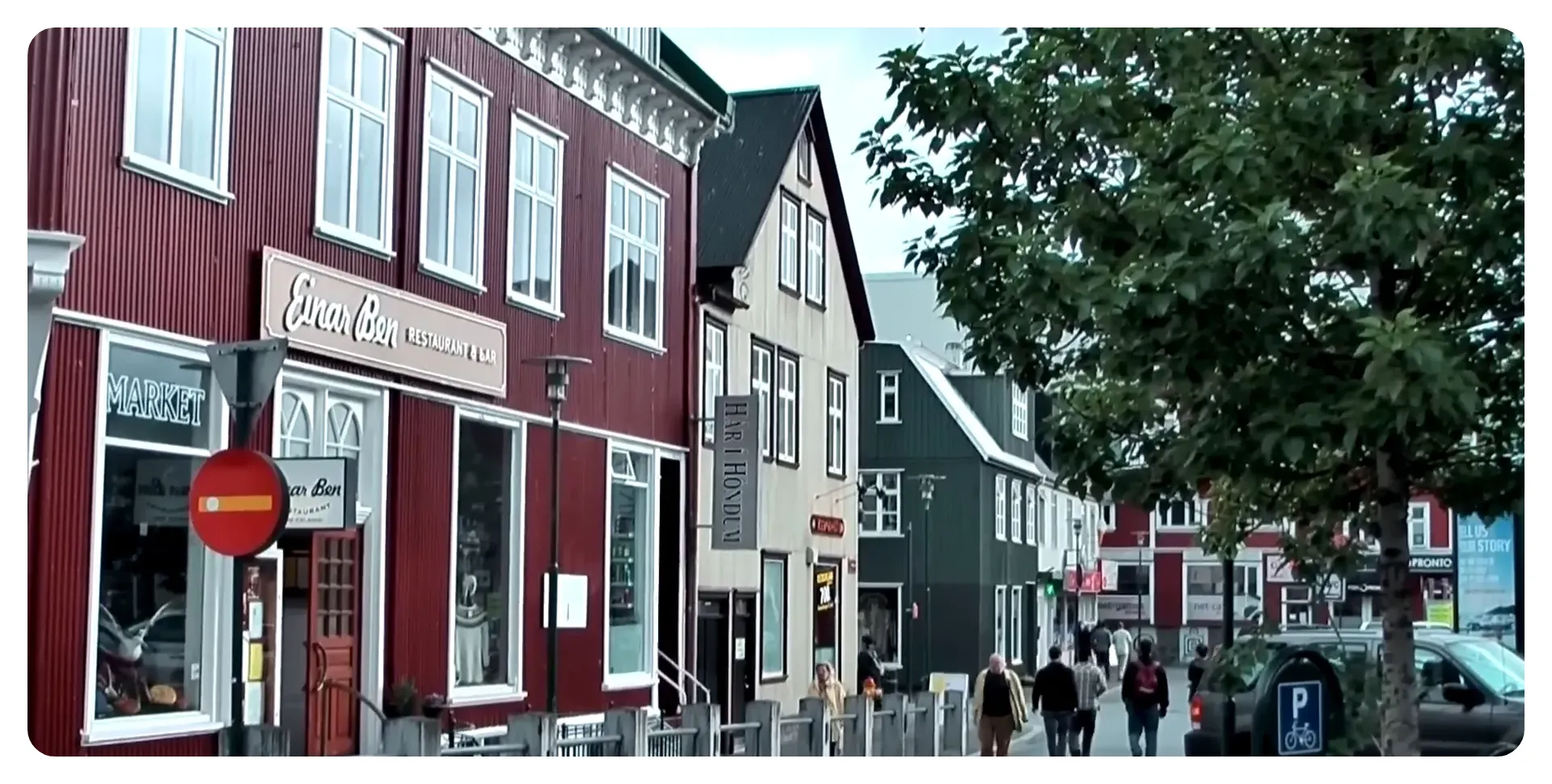
Reykjavik is perfect for travellers wanting a unique mix of urban charm and access to wild, pristine nature.
10. Tallinn, Estonia: The Fairy Tale Capital with a Booming Tech Scene
Tallinn looks more like a village from a fairy tale than a capital city. Picture-perfect cobblestone streets, medieval buildings with traditional red rooftops, and beautifully preserved architecture create an enchanting atmosphere. Yet Tallinn is also a modern city, blending ancient charm with a thriving tech scene often dubbed the Silicon Valley of Europe.
The city’s trendy bars and vibrant art scenes complement its historic core, making Tallinn an unexpected but ultimate underrated capital city in Europe. Walking through Tallinn feels like stepping back in time, while its innovative spirit pushes it confidently into the future.
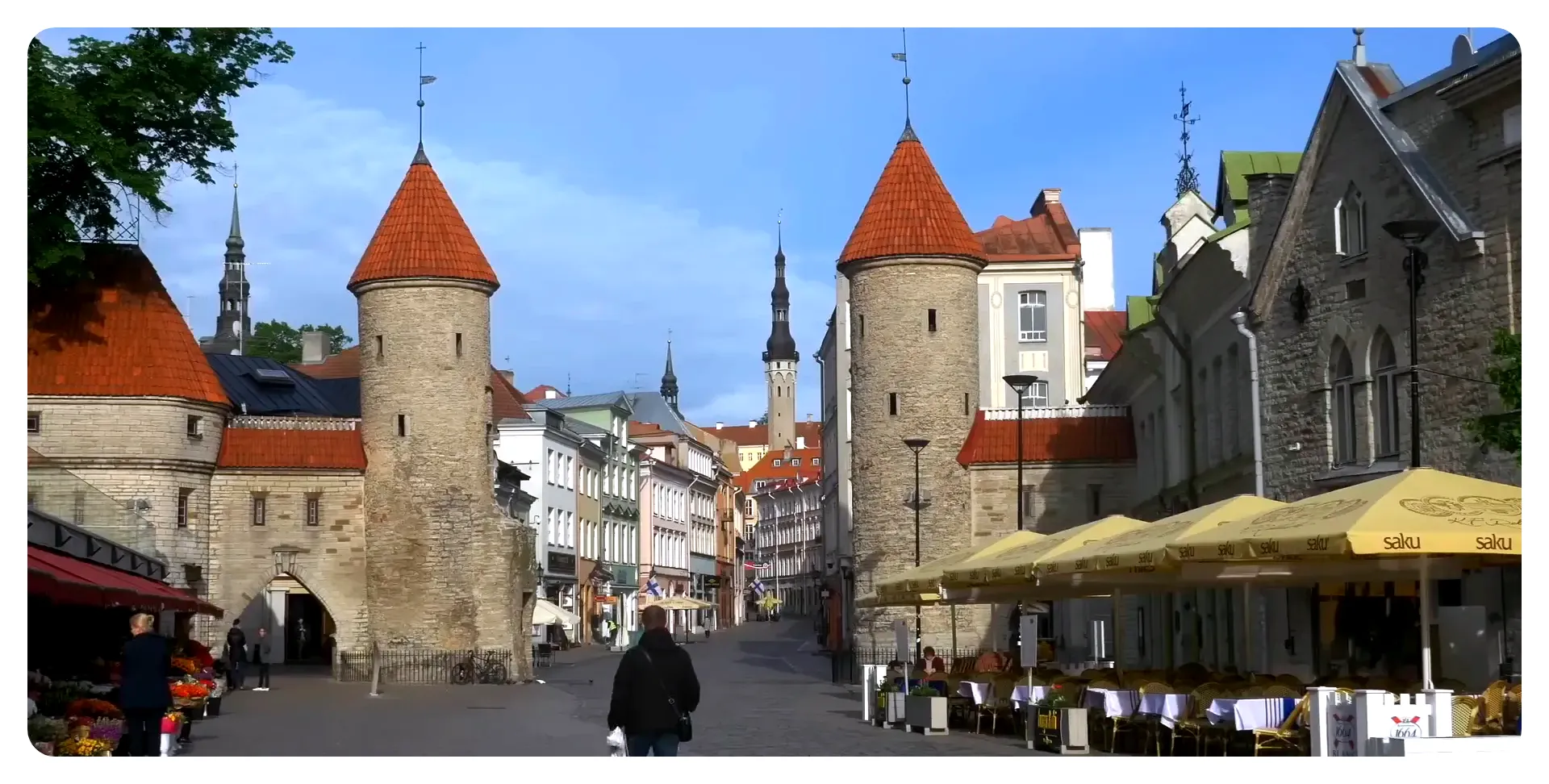
Why Choose These Underrated Capitals in Europe?
Exploring these underrated Capitals in Europe offers several advantages over visiting the continent’s more famous capitals:
- Less Crowded: Enjoy rich cultural experiences without the overwhelming tourist crowds.
- More Affordable: Benefit from lower prices on accommodation, food, and attractions.
- Authentic Experiences: Connect more deeply with local cultures and traditions.
- Unique Atmospheres: Discover cities with distinct personalities shaped by diverse histories.
Whether you’re a history buff, a foodie, or a lover of art and nature, these capitals provide a refreshing alternative to Europe’s typical tourist hotspots.
Frequently Asked Questions About Capitals in Europe
Q: What makes a capital city “underrated” in Europe?
A: An underrated capital is one that offers rich cultural, historical, or natural attractions but does not receive as much international tourist attention as cities like Paris, London, or Rome. These cities often provide more authentic experiences with fewer crowds.
Q: Are these underrated capitals safe for tourists?
A: Yes, most of these capitals, such as Bern, Helsinki, and Copenhagen, are known for their safety and cleanliness. However, as with any travel destination, it’s wise to stay aware of your surroundings and follow local advice.
Q: Can these capitals be visited on a budget?
A: Absolutely. Cities like Sofia and Riga offer excellent value for money, with affordable accommodation, dining, and attractions, making them great choices for budget travellers.
Q: What is the best time to visit these capitals?
A: Timing depends on the city and your interests. For example, Reykjavik is spectacular in winter for northern lights, while Valletta and Bern are best enjoyed in warmer months when outdoor activities and sightseeing are more pleasant.
Q: How do I get around these cities?
A: Most of these capitals have efficient public transport systems, and many, like Copenhagen and Bern, are very walkable or bike-friendly, allowing you to explore comfortably without a car.
Final Thoughts
Europe’s beauty lies not only in its world-famous capitals but also in the hidden gems waiting to be discovered. These ten underrated Capitals in Europe each offer a unique blend of history, culture, and local charm, making them perfect destinations for travellers seeking something different and memorable.
From the fortified limestone streets of Valletta to the fairy-tale lanes of Tallinn, these cities invite you to explore Europe beyond the usual tourist trail. So next time you plan a European adventure, consider stepping off the beaten path and experiencing the magic of these lesser-known capitals.

